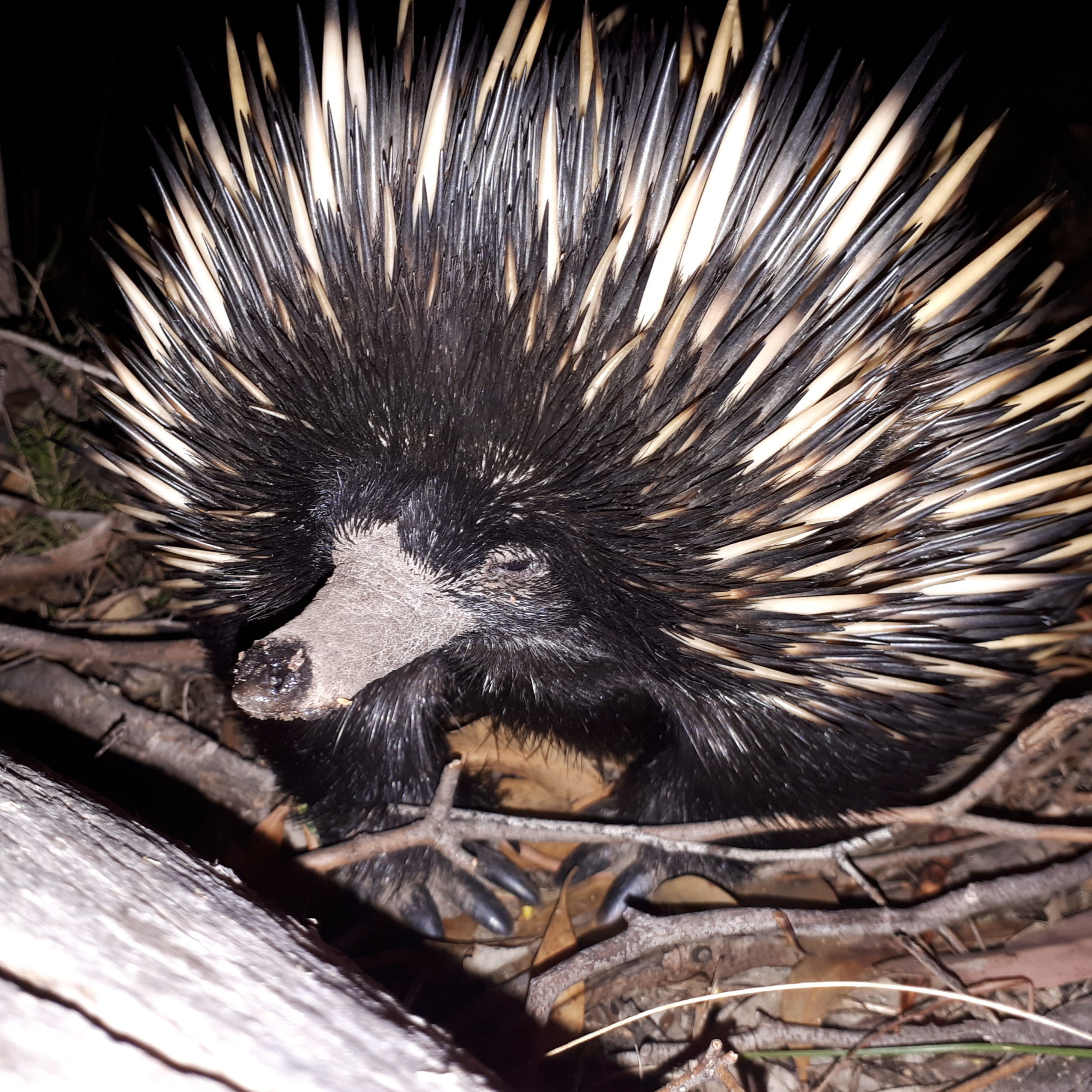Monotremes
Monotremes are egg-laying mammals. Today they are found only in Australia and New Guinea. They are represented by five living species – the aquatic platypus, and four species of land-dwelling echidna.
The fossil record indicates that monotremes likely evolved here in Australia, the earliest representatives coming from the middle Cretaceous (~100-120 Ma) of Victoria (Flat Rocks) and NSW (Lightning Ridge). There was also much more variation in body size, ranging from the 40 g Teinolophos trusleri to the 4-8 kg, platypus-like Kollikodon ritchiei which was nearly a metre long! In the Palaeocene epoch (66−56 million years ago) monotremes were also found as far away as southern South America, suggesting a Gondwanan distribution, but they never made it to the northern hemisphere.
During the Pleistocene epoch (2.6 million years ago to 12,000 years ago) there were at least two species of echidna in Australia that are now extinct – Megalibgwillia owenii, and a ‘giant’ species Murrayglossus hacketti (~20-30 kg).
